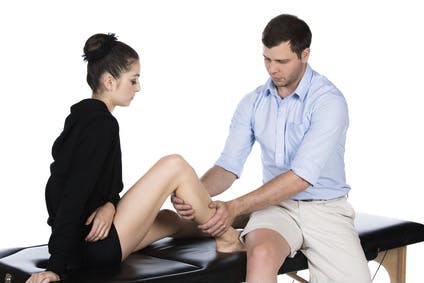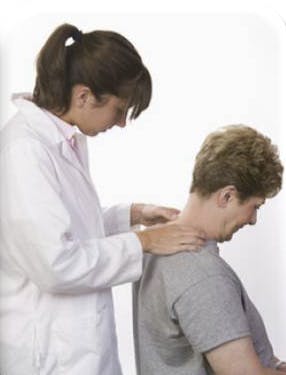The vast majority of people believe the primary use of physical therapy is for back pain or rehabilitation of an injury such as fracture leg or whiplash. While physical therapy is beneficial in all those situations, it's equally advantageous for individuals who want to improve their athletic performance.
Athletes don't have to seek the services of a personal trainer or strength coach if they want to run faster or jump higher. Physical therapists are experts in how the musculoskeletal system works and how to maximize the potential of any individual whether they're a high school athlete, participating at the collegiate level, or competing in professional events.
Physical therapy is so effective that world-class Olympians regularly receive care from a physical therapist to keep their bodies in top condition and improve agility, stamina, and endurance. Different sports and activities all require specific muscle sets. The same muscles used for performing a high jump aren't the same that an individual utilizes for rowing and each need a different approach.
The time to begin a physical therapy training program is before an individual will call upon their body to perform. For those who regularly compete, physical therapy is a valuable tool for maintaining performance and fitness levels during the off season.
Training for a Lifetime

A physical therapist can identify a wide variety of functional problems that include muscle weakness or gait dysfunction. Training and conditioning provided by a physical therapist is beneficial throughout an individual's lifetime. A physical therapist can help with:
- Increased strength, speed and agility
- Improved stamina and endurance
- Reduced risk of injury
- Reduced risk of overtraining
- Gait and postural assessments
- Sport-specific enhancement
As part of a physical therapy athletic program, individuals will receive information about nutrition and dietary supplements that address any deficits in diet and offer the essential elements needed for successfully honing the body.
Physical therapy aids in multiple sports endeavors. It helps in basketball with improved vertical extension. Football players will find they have better explosive speed and strength for blocking and tackling. Baseball players can increase arm strength and batting speed. Techniques are equally applicable for amateur athletes who participate in activities such as biking and running.
Be the Best Version of You

Your physical therapist has a number of assessments that he/she can perform to determine your strengths, areas of weakness, and any functional problems that may be interfering with your ability to compete at peak performance. Exercise and strengthening programs will be tailored to your individual needs, any specific sport in which you may be competing, your level of fitness and any pre-existing conditions.
Your physical therapist is also your best line of defense against overtraining. In the quest to become the "best," you may be tempted to put in more training time than you should. That path can actually lead to a loss in overall performance and increases the risk of injury. Your physical therapist will guide you in stretching and warm-up exercises and the proper amount to train without injuring yourself.
Manual manipulation and adjustments to the neck and spine help your body move smoothly and relieves pressure on the neurological system that surrounds the spine. Cupping, acupuncture and dry needling may be employed to reduce muscle tension and increase circulation.
Therapeutic massage stimulates the immune system, increases circulation and helps detoxify the body. It loosens and relaxes muscles making them less susceptible to an injury. Hydrotherapy utilizes the power of water as a type of resistance training. It's an effective treatment for building strength, balance and stamina.
It doesn't matter whether you're a world-class athlete or you want to play a little one-on-one basketball in the backyard. Physical therapy significantly reduces the risk of injury and enables you to be the best version of yourself you can be.


